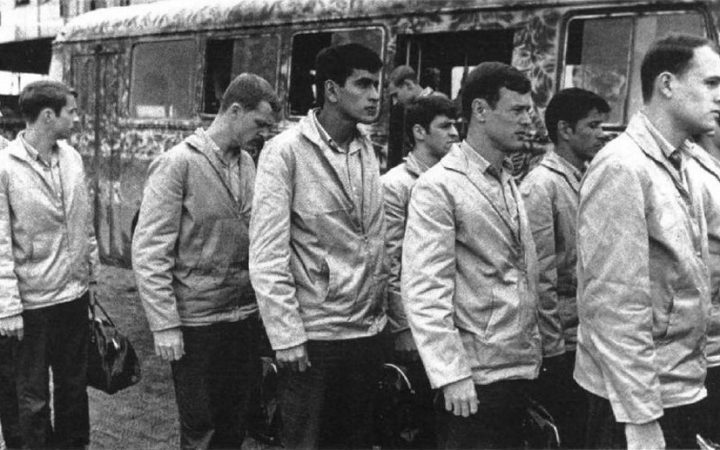TIME CAPSULE 1949 — Although times of war and civil unrest can have devastating consequences, sometimes there can be a small amount of good that comes out once the fighting is over.
One such example would be the forming of the National Atlantic Treaty Organization (NATO) on April 4, 1949. According to History.com, NATO was established by 12 Western nations: the United States, Great Britain, France, Belgium, the Netherlands, Denmark, Italy, Luxembourg, Norway, Iceland, Canada and Portugal.
Over the years, countries have come and gone. France left in 1966, but West Germany, Greece and Turkey joined.
According to NATO’s official website, it is currently an alliance of 29 North American and European countries.
It said, “the fundamental role of NATO is to safeguard the freedom and security of its member countries by political and military means.” It’s primary function in today’s world has been peacekeeping and, if conflicts are past that point, crisis management.
For example, less than 24 hours after the towers fell in New York on September 11, 2001, NATO declared that the attack was, “an attack against all NATO member countries within the terms of Article 5 of the North Atlantic Treaty.” They have since been assisting the U.S. in its fight against terrorism.
NATO’s website said, “Terrorism poses a direct threat to the security of the citizens of NATO countries, and to international stability and prosperity. It is a persistent global threat that knows no border, nationality or religion and is a challenge that the international community must tackle together.
NATO’s work on counter-terrorism focuses on improving awareness of the threat, developing capabilities to prepare and respond, and enhancing engagement with partner countries and other international actors.”
In October, 2001, NATO launched it’s first military action under an Article 5 operation called, “Operation Eagle Assist.” From October, 2001, to May, 2002, NATO sent seven AWACS radar aircrafts to help patrol the airspace over the U.S.
However, the 9/11 terrorist attacks were not the only time NATO was utilized for crisis management. The NATO website states, “NATO is a crisis management organisation that has the capacity to undertake a wide range of military operations and missions. Approximately 18,000 military personnel are engaged in NATO missions around the world, managing often complex ground, air and naval operations in all types of environment.”
Currently, NATO is involved in crisis management operations in Afghanistan, Kosovo and the Mediterranean.
Abbygail Vasas can be contacted at avasas@kscequinox.com




